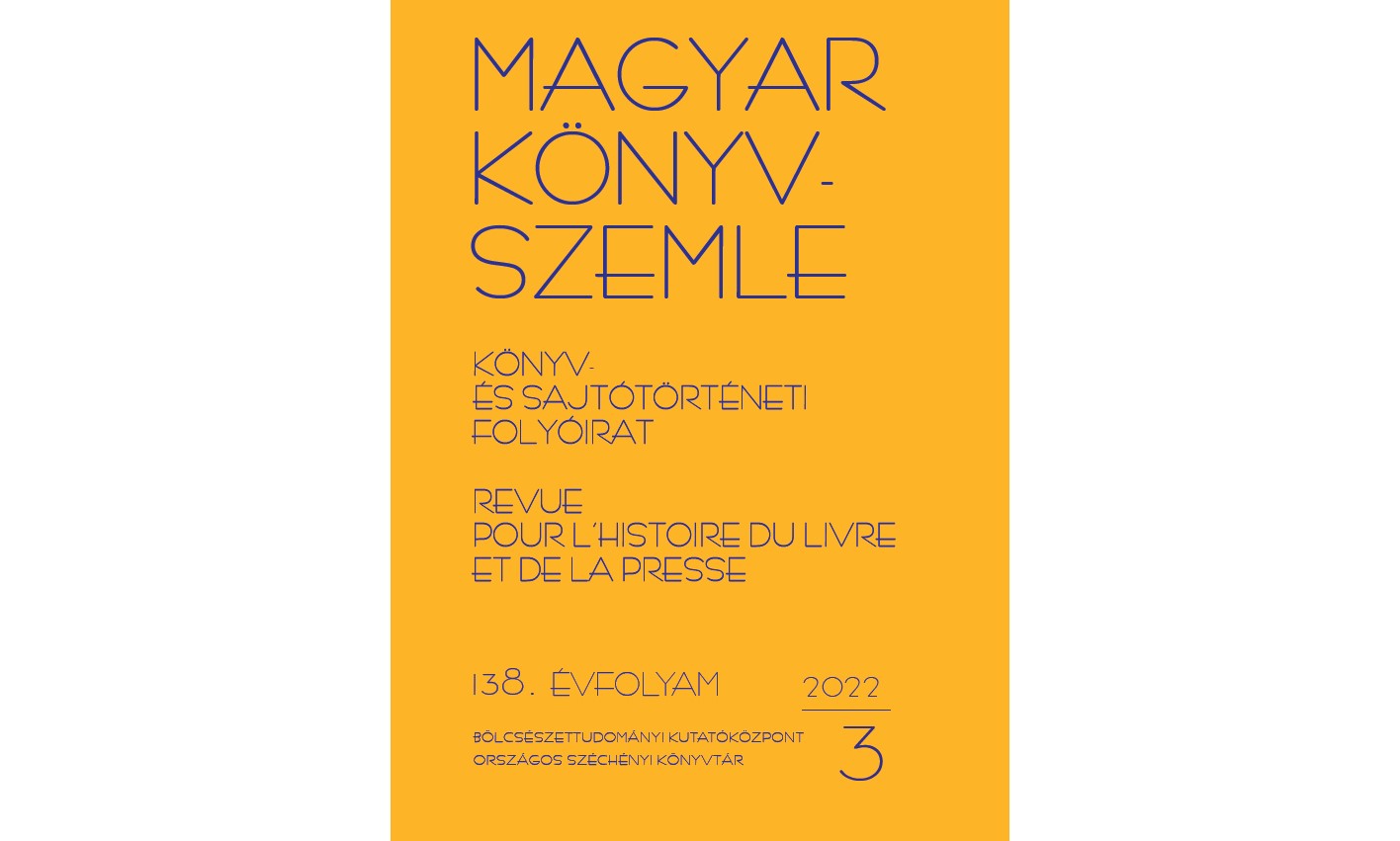Koppány a szerémi vezér?
Egy Lazius-szöveg könyvtörténeti tanulságairól
Absztrakt
A 15. században a humanista irányzatnak köszönhetően megjelentek az egyes régiókról készült földrajzleírások, amelyek vagy önálló kötetként (gondolhatunk itt Georg Reicherstorferr Chorographia Moldaviae vagy Chorographia Transilvaniae című művére), vagy a humanista konvenciókat követve az adott ország történelméről írott nagy átfogó munka tudományos bevezetőjeként születtek meg (például Ransanus Epithoméjának második és harmadik fejezete). Ilyen jellegű írások I. Ferdinánd udvari történetírójának, a neves bécsi humanistának, Wolfgang Laziusnak a repertoárjából sem hiányoznak. Latin nyelven született chorográfiái az Interpretatio chorographiae utriusque Austriae (Ausztriáról szóló leírás), Regni Hungariae archaeologiae libri tres (Magyarország chorográfia), Descriptio Daciae sive Transylvaniae (Erdély-leírás), német nyelven íródott Magyarország-leírása a Des Khünigreichs Hungern.
A fenti chorográfiák közül csak a Regni Hungariae archaeologiae libri tresszel kívánok foglalkozni, annak is csupán egyetlen kérdéskörére fókuszál az esszé, milyen forrás(oka)t használt fel Lazius magyar őstörténetet és a középkort illetően. Az osztrák humanista forrásait illetően rendkívül precíz több helyen is találkozhatunk nála olyan forrásmegjelölésekkel, mint „Plinius libro quarto capite duodecimo” vagy „Herodianus graecus author libro sexto”. Ám, ha a magyar történeti forrásokra történő hivatkozást nézzük, akkor az olvasónak be kell érnie az annales Hungarici vagy az annales Hungarorum megjelöléssel.
Tanulmányommal egy izgalmas nyomozásra invitálom az olvasót, ahol arra keressük a választ, ki(k) vagy melyik mű(vek) Lazius magyar történelemre vonatkozó forrása(i).



